About one and a half years ago, we were all shocked into disbelief as the World Health Organization declared Covid-19 a pandemic, and life as we knew it was abruptly turned upside down. In the ensuing months, we adopted new habits so that we could at least live our lives as close to “normal” as possible. We wear masks, wash our hands more frequently, bring hand sanitizer everywhere, keep a safe distance from others, and take other precautions. For those of us who love to travel, we try to adapt to the new reality by visiting more local places, nearby cities, and the great outdoors right in our doorstep that we have long ignored. And for those of us who love to travel and blog, the pandemic has also forced us to dig into our memory and look for old photos from past travels which, for one reason or another, have never been published.
I myself use these crazy times we’re currently going through to visit my hometown more often, and thanks to the multiple visits I did last year, my appreciation for the city where I was born has grown considerably. However, unlike many of you who have been exploring city parks, forests, hills, mountains, as well as lakes near where you live, I have yet to check out the many options for outdoor adventure around Jakarta – waterfalls, volcanoes, and small tropical islands to name a few. What I have been doing instead is looking up photos stored in my hard drive, not only to relive the good memories, but also to see if there are images whose stories I have yet to tell.
Then I came across a few photos I took in Yogyakarta back in 2015 when James and I were traveling for six months across Southeast and South Asia to retrace some of the old spice routes that connected places across the Indian Ocean. I took most of these previously-forgotten shots from some museums in the city, and now I’ll let them take the much-deserved spotlight.
* * *
Located inside the Borobudur temple complex just outside Yogyakarta is the Samudra Raksa Museum where a life-size replica of a ship depicted on some of the eighth-century Buddhist shrine’s relief panels is housed. People living in the Indonesian islands have a long history of maritime exploration, not only around Southeast Asia, but also across the Indian Ocean all the way to Madagascar. Genetic, linguistic, and archaeological research led to the conclusion that seafarers from the southeastern part of Borneo might have been the first modern human settlers of the world’s fourth largest island – a relatively unknown place which was made famous by the 2005 animation movie titled the island-nation’s namesake. However, one of the most perplexing questions was how could the shipbuilding skills of these people and the technology they mastered back then bring a large number of humans through perilous voyages across the world’s third largest ocean to arrive safely on an island off the coast of southeastern Africa?
That was what the centerpiece of the Samudra Raksa Museum’s collection – the reconstructed Borobudur ship – sought to answer. It took six months to finish the double outrigger sail ship, painstakingly built using eighth-century technology. And on August 15, 2003, it embarked on an expedition from Jakarta to the Seychelles, then onwards to the eastern coast of Madagascar. Two months later, it arrived in Cape Town, South Africa, before continuing its journey all the way to Accra, Ghana on the west coast of the continent. In total it took the ship around seven months to complete all four legs of the voyage, a success that was highly celebrated in Indonesia for it proved that it was indeed possible to sail from Southeast Asia to Africa using only outrigger boats. In 2005 – a year after the completion of the expedition – this replica of the Borobudur ship found a new home in an airy hall of the newly-built Samudra Raksa Museum, just a few hundred meters north of the magnificent ancient temple.
At the heart of Yogyakarta, the Sonobudoyo Museum houses cultural and historical items that are smaller in size but greater in variety than those of the Samudra Raksa Museum. Often cited as having one of the largest collections of artifacts in Indonesia – only Jakarta’s National Museum has more – Sonobudoyo’s history dates back to the Dutch colonial era. In 1919, Java Instituut was founded to promote the conservation of the cultures of Java, Madura, Bali and Lombok. Then in 1924, the institute decided that a museum was needed to further support its effort to create an inventory of cultures from the four islands. Eventually, in 1934 construction began and the museum was inaugurated a year later.
While its collection is massive, there were some pieces I found most intriguing on my visit six years ago. The section chronicling Java’s transformation from prehistoric times, to centuries of Hindu/Buddhist domination, Islamic proselytization, and the introduction of Christianity has interesting items one might never expect to see. Apart from statuettes conceived when the ancient Javanese were still an animistic society, idols from the Hindu/Buddhist pantheon discovered all over Java also call this museum home. But what caught my attention the most was the fact that in addition to different forms of Shiva, Vishnu and Ganesha displayed in this decades-old institution, there was also a small idol of Dewi Sri, the goddess of rice who, despite her roots in animistic Java, is depicted in a similar manner as a Hindu/Buddhist deity.
In another part of the museum, a number of blencong (highly-decorated oil lamps) find their place amid a plethora of tools and instruments a dalang (puppeteer) needs to hold a wayang kulit – Javanese shadow puppet – performance. While this kind of lamp has no genie in it, it is by no means less fascinating for it’s one of the cultural objects from the Hindu/Buddhist period that survive to this day, centuries after most of Java converted to Islam. Wayang kulit itself, despite its Hindu origin, was used by Java’s Muslim saints – most notably Sunan Kalijaga – to spread the teachings of Islam to the local populace in a peaceful way. When Christianity was introduced to Java as a direct result of European colonization, wayang kulit was also used by Christian missionaries to teach the gospels in a manner the locals wouldn’t find too foreign. At Sonobudoyo Museum, wayang kulit created based on characters from the Hindu epics Mahabharata and Ramayana are under the same roof with those inspired by the Bible. From Dewi Sri, to blencong and wayang kulit, this is yet another example of Javanese culture’s plasticity in absorbing new influences without completely abandoning old ones, as I have mentioned earlier in a post on a church in Yogyakarta.
While both the Samudra Raksa and the Sonobudoyo museums have invaluable artifacts, they are in one way or another managed by the government – the former is part of a state-owned enterprise which runs the Borobudur and Prambanan temple compounds, while the latter is directly under the provincial government of Yogyakarta. And as far as government-owned museums go, lack of funding and unnecessary bureaucracy often place a great burden on the day-to-day operations of such institutions, which usually results in a lack of appeal in the eyes of the younger generation. And that’s what our next museum tries to address.
Ullen Sentalu Museum is a private museum situated on the slopes of Mount Merapi – Java’s most active volcano – to the north of Yogyakarta. Inaugurated in 1997, what has now become one of the region’s most reputable cultural institutions was envisaged by its founders as a place to promote Javanese intangible heritage to the young and a general audience who were otherwise more familiar with pop culture. Amassing collections from the Vorstenlanden – four Javanese monarchies that once formed the united Islamic Mataram dynasty – the museum showcases the rich, delicate and complicated world of Javanese culture in a relatively more engaging way. Apart from its private ownership, what’s also different about this place compared to the other two I’ve mentioned earlier is its prohibition on taking photos within the premises, except at an open-air space where an enlarged, slanted replica of a relief panel from Borobudur stands at one end. The unusual angle is purportedly intentional to subtly criticize young Javanese for their lack of interest in their own cultural heritage (I myself am gradually learning more of the culture of my ancestors only as I get older).
Another private museum we visited in 2015 was the Affandi Museum, which looked more like an art gallery showcasing the eponymous artist’s works who happened to be one of Indonesia’s most celebrated expressionists. The self-taught painter who had shown deep interest in drawing since he was young, started out as a naturalist. But over the years, he then gradually developed his distinct style of expressionism where he would squeeze paint tubes directly onto a canvas and used his fingers as a brush. His unique character and eccentric technique helped him gain prominence not only in Indonesia, but also abroad, as his works found their way to exhibition halls in India, Europe and the US, among other places. Meanwhile back in Indonesia, his humble abode in Yogyakarta was slowly transformed into what is now a museum with an architectural design that is a rather unusual – just like the artist himself.
The last stop in our museum-hopping trip across this province was the Mount Merapi Museum with its arresting appearance from the outside and the magnificent volcano after which the museum was named in the background – only if conditions are clear enough for you to see it. But when you go inside, you’ll know immediately that it’s another place managed by the government. It was obvious that it was struggling a little with its upkeep: there were holes in some parts of the ceiling and a few interactive exhibits appeared to have been out of order for quite some time. However, this museum did provide us with a lot of information about Merapi’s past eruptions from scientific perspective, its impact on the local population, and necessary risk mitigation to anticipate future eruptions. This museum is a reminder of volcanoes’ duality: their destructive power wipes out everything in their path, but once the inferno has passed, a fresh new layer of soil will allow plants to regrow and the land is kept perennially fertile by these titans.
Back in the city, after absorbing all the new knowledge we’d learned from visiting those museums, we found ourselves in the dimly lit Alun-Alun Kidul – one of Yogyakarta’s two main public squares. That night, it became a playground for residents and tourists alike, and the existence of brightly-lit odong-odong only added to the merry atmosphere. Families and friends would rent the motorless vehicles and hit the pedal to drive it around the main street that encircles the square in a relaxed and steady pace. Although we didn’t try it ourselves, I imagine it to be a nice way for people to unwind from the day’s stress and forget about the constant danger posed by a nearby volcano. It was just another uneventful night in this city at the heart of Java, so steeped in rich history and culture that I always find myself returning here again and again.
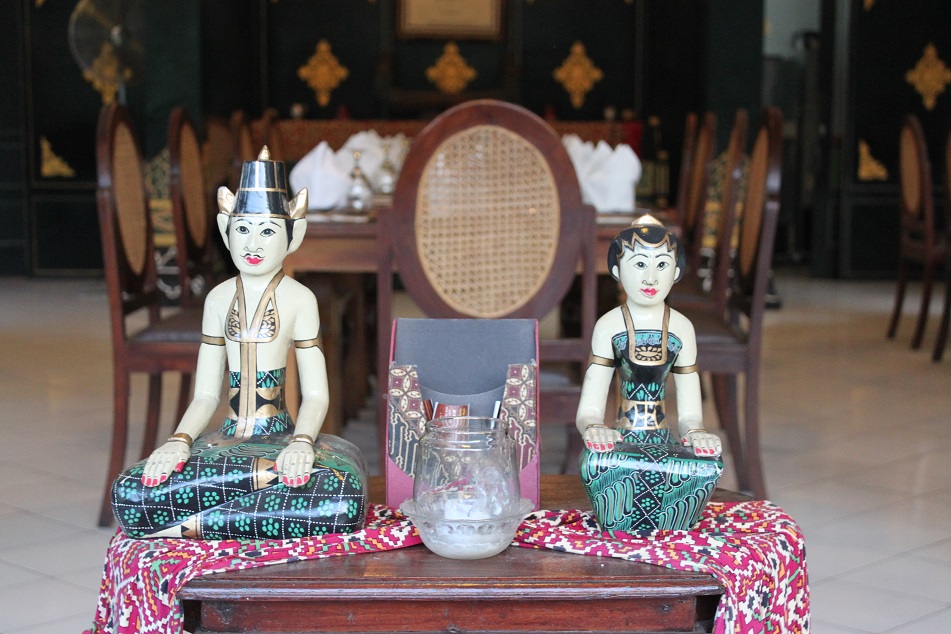
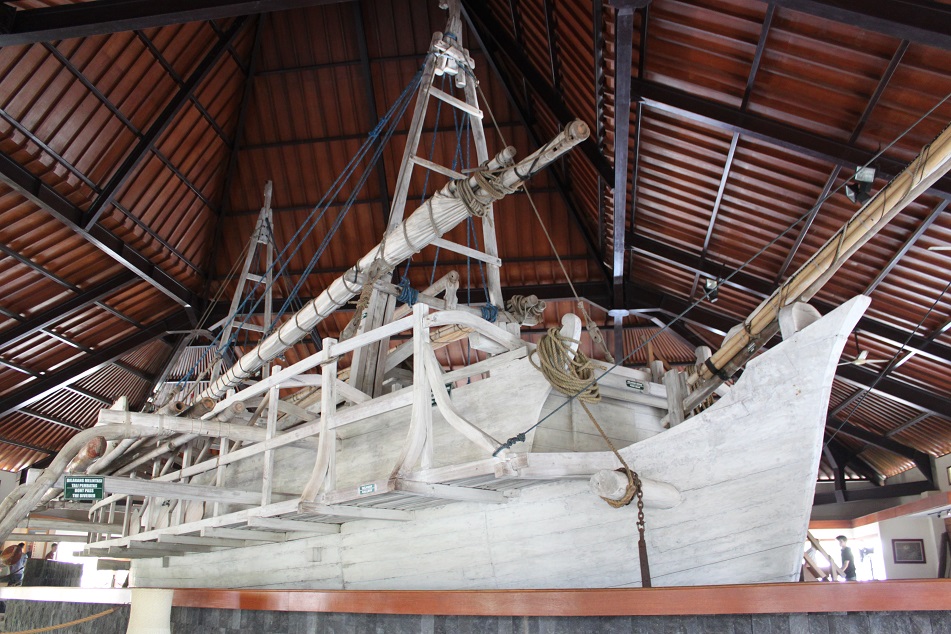


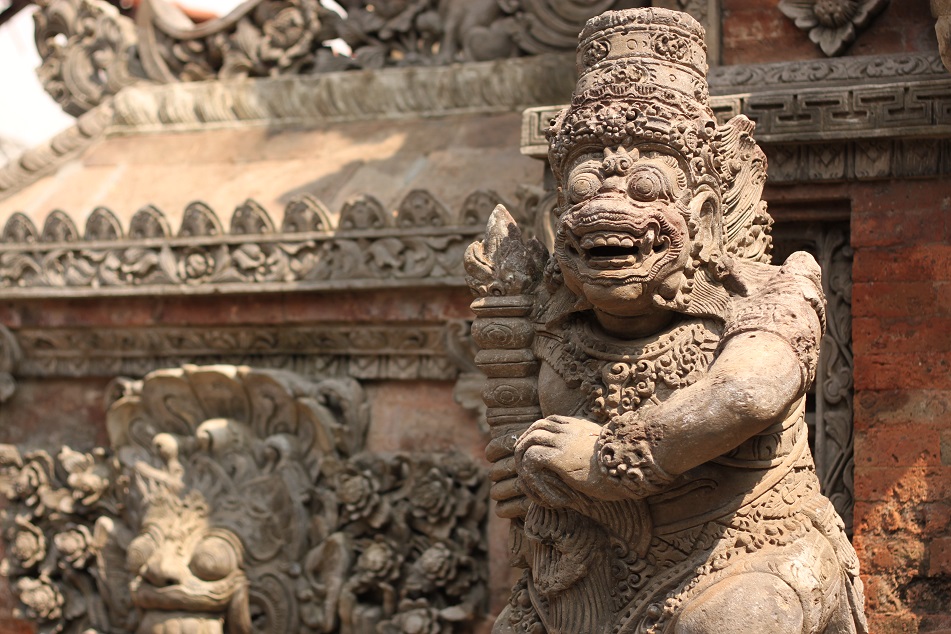

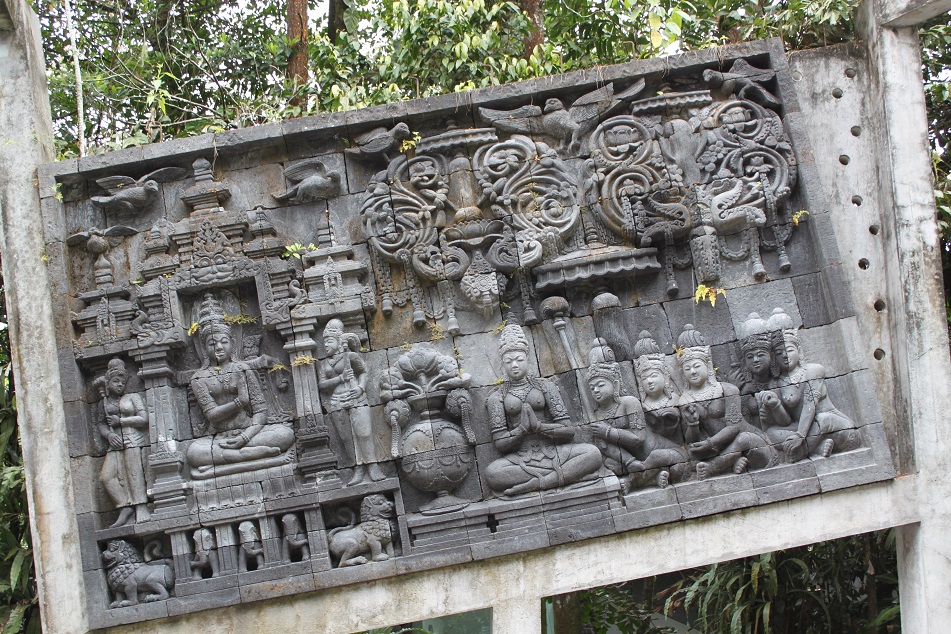





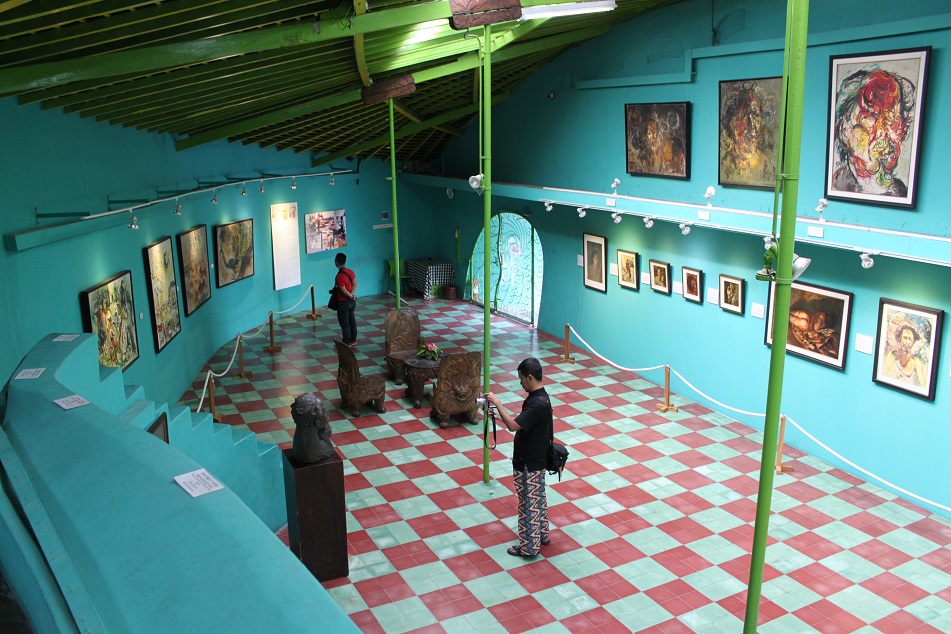
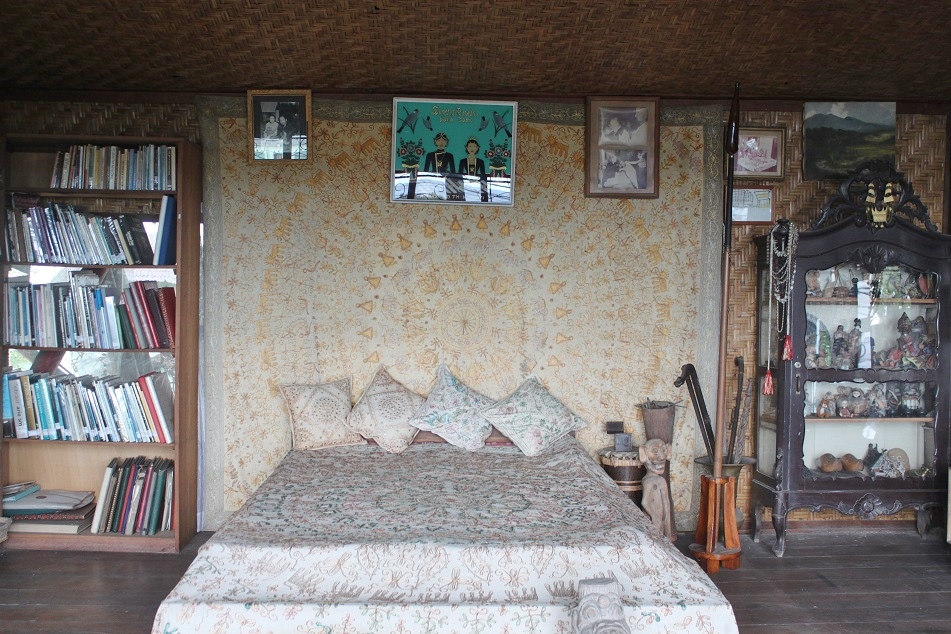
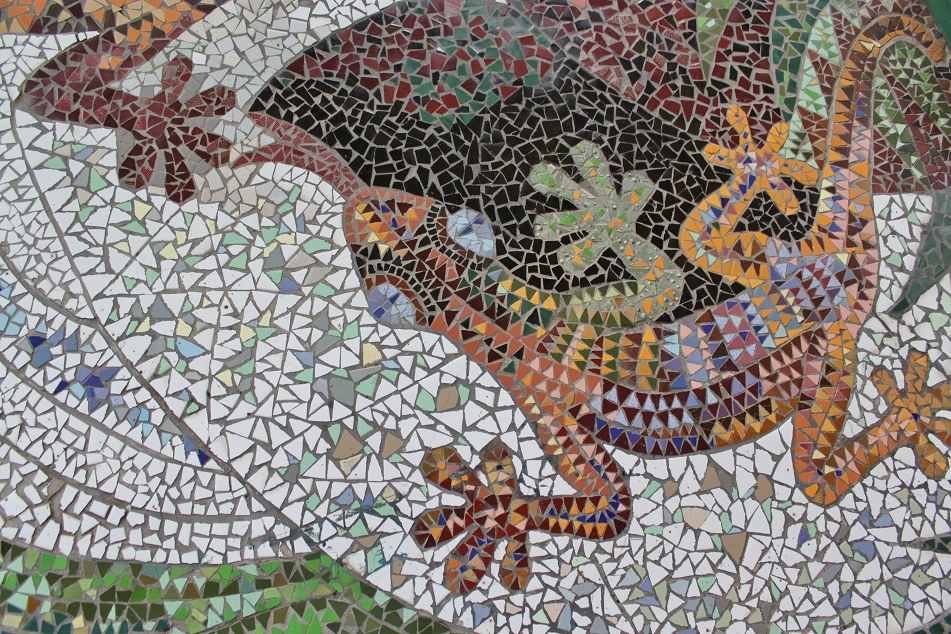



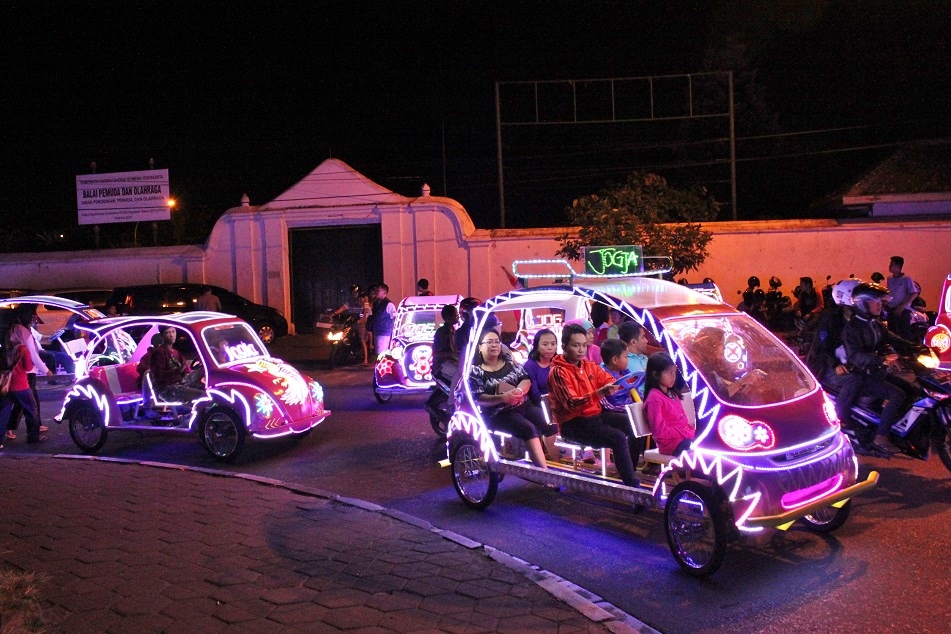
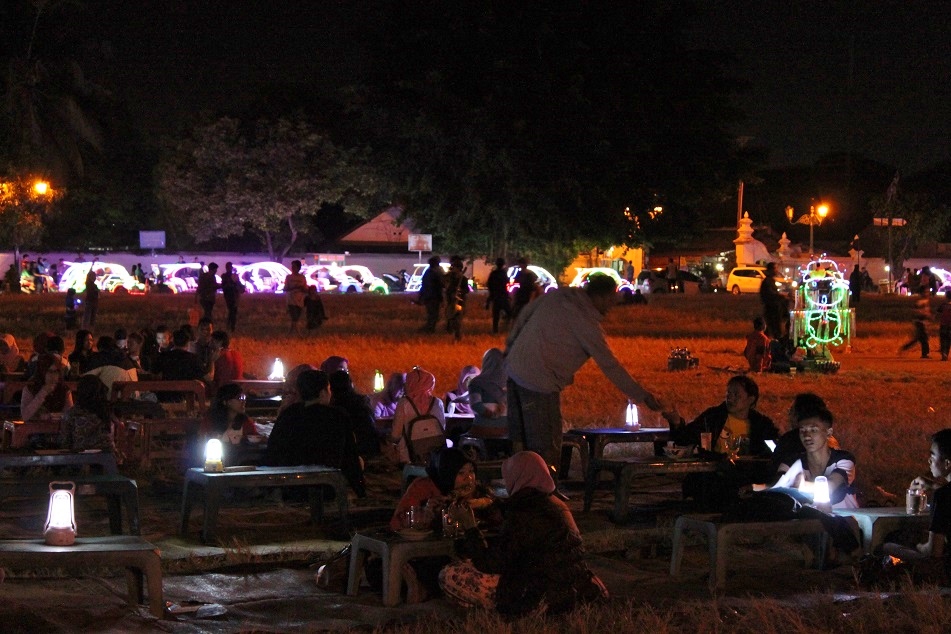
Awesome 👏🏼
LikeLiked by 2 people
Glad you enjoyed this post.
LikeLike
I really enjoy museums and would love to check these ones out. Your entries are so detailed that sometimes I have to come back and read them. Then I forget… ugh!
LikeLiked by 2 people
What I love about visiting museums is it usually allows me to learn more about a specific subject. Unfortunately, in Indonesia most museums tend to deter people away than attracting them to come.
No worries, Matt. My posts will always be there whenever you have the time to revisit them. 🙂
LikeLiked by 1 person
Beautiful post, thank you for sharing all that beauty
LikeLiked by 2 people
Thank you, Cornelia. If it wasn’t because of the pandemic, I would probably have forgotten about those photos.
LikeLiked by 1 person
A fabulous tour of the museums Bama. I was especially impressed with the whole story of the ship. I shared that with Don and it reminded us of visiting the Vasa Museum in Stockholm. I love Affandi’s expressionist paintings. And the odong-odongs!
Alison
LikeLiked by 2 people
It’s amazing that they managed to build a replica of that ship depicted at Borobudur, and sailed it across the Indian Ocean just like people did thousands of years ago. The Vasa Museum certainly is one of the places in the Swedish capital I’d love to see when I get there one day. Learning about how humans reached faraway lands by ships and boats long before modern navigation system was invented always fascinates me.
LikeLiked by 1 person
While we travel here and there it’s very common to miss out great places in our own hometown. You need to nudge to actually appreciate all that’s there in your immediate vicinity. Though for people like me, who stay far away from our hometowns the pandemic gives no excuse to explore it. I have been thinking of writing about places I visited before I started blogging. Your post reminds me of that. I am not a great fan of museums, more of a nature person but enjoyed reading your detailed post.
LikeLiked by 2 people
The pandemic makes a lot of us explore places closer to home, and in many cases we’re often surprised by what we “discover”. In my case, it also gave me more time to look at the shots I took from previous trips. Writing about places you went to before your blogging years sounds interesting. I can’t wait to read your stories!
LikeLiked by 1 person
It is reassuring that so many ancient relics have not been pilfered by Europe as is the case in many other parts of the world, though it appears the government values their heritage as much as the younger generation. Yoga was my favourite place in Java. I think I remember my daughter and I spent six wonderful days there.
LikeLiked by 3 people
The Dutch did take away some of the finest Hindu/Buddhist statues from Java which are now displayed in Leiden. There are different opinions about this. On the one hand, some people want them to be returned to Indonesia. On the other hand, some believe keeping them in the Netherlands is actually the best for now since they’re better maintained there. I can see why you loved Yogya. It has this indescribable atmosphere that keeps me coming back over and over again.
LikeLiked by 1 person
I’m amazed to read about the incredible marine voyages undertaken by 8th century Indonesians and the fact that they were likely the first settlers in Madagascar. I had to look it up. Some sources claim that there were at least 30 Indonesian women on those voyages that founded the island’s population. Even today, the thought of crossing all that open water scares me to death.
I have a new appreciation for shadow puppets with their role in spreading both the teaching of Islam and Christianity. The depiction of Jesus’s birth using the Wayang kulit is fascinating.
How long have those odong-odong been around in Jogya? I unfortunately don’t remember them from my visit.
LikeLiked by 2 people
It’s amazing to think of those ancient Polynesians who traveled across the world’s oceans on outrigger ships to find new lands. I hope that knowledge of reading the stars, the clouds, the winds and the currents will not die since modern technology has pretty much made it easier for us to navigate the seas these days.
You will find Jesus’s depiction in Javanese/Hindu attire in many forms here in Java. But my favorite is the one at this church just outside of Yogya city: https://harindabama.com/2019/12/08/a-morning-with-javanese-jesus/
I don’t remember seeing those odong-odong on my school trip to Yogya more than two decades ago. So, I think they are indeed relatively recent.
LikeLiked by 1 person
The Jesus and Mary/Christ Child depictions in Javanese/Hindu style are wonderful. Of course I chuckle, but it only makes sense to show these figures in a way that is relatable to the local population. It’s funny, but when I was younger, I never thought much about seeing a Mary image with blonde hair and blue eyes and a very white, middle-European-looking Jesus—just as “inaccurate” as the Javanese version.
LikeLiked by 2 people
I’ve seen depictions of Jesus and Mary in several local customs. I guess that’s one of the reasons why Christianity is now the world’s largest religion. Just now I looked up a photo I took at the Asian Civilisations Museum of a Javanese batik cloth with Mary and Child on it. This time she looks very East/Southeast Asian, including her facial features and hair decorations.
LikeLike
I love that you dug through your old photographs, Bama. This is such a delightful and interesting post. I do love a good museum.
LikeLiked by 2 people
When travel opportunities are limited, it’s worth taking a look at the photos we took from past trips. Sometimes they bring back long-forgotten good memories. I think you’ll enjoy the museums in Yogyakarta, Jolandi.
LikeLiked by 1 person
Such an amazing post
LikeLiked by 1 person
Thank you, Prapti.
LikeLiked by 1 person
The silver lining of the past year or so is discovering treasures in our own backyard and in our archives. I learn so much from your posts, Bama. Are you still unable to travel abroad? My sister who lives in Bali was still in lockdown last time I heard from her.
LikeLiked by 1 person
In a way, Indonesians are still able to travel abroad but with a lot of restrictions. For example, I read that European countries will only accept visitors who have been vaccinated only with certain vaccines, excluding those made by China which most people here get. And a few Asian countries had suspended flights from Indonesia in the past, something that might happen again given the gravity of the Covid situation we’re experiencing right now. Other countries even decided to ban anyone from Indonesia altogether. So yeah, in the most optimistic scenario, it will be next year when I can finally travel abroad again, but I don’t want to get my hopes too high. How long has your sister been unable to leave Bali?
LikeLike
She lives there so leaving isn’t an issue right now. She did have to cancel her July trip to Borneo, however. And I guess a lot of the beaches in Bali are closed.
LikeLiked by 1 person
I think the beaches are still open (at least that’s the impression I got after seeing my friends’ posts on social media), but they look mostly empty.
LikeLiked by 1 person
Thoroughly enjoyed your recollections of Yogyakarta, Bama. Interesting to see the Borobudur ship and read about its history. It is a good question you asked there, about how the ship can transport many people and other items through long voyages across the ocean. Perhaps sometimes with determination, anyone can get anywhere.
It sounds like many private places over there, especially those catered to showcasing history and tradition arts like you mentioned, just get by. As you mentioned, it is good places like the Ullen Santalu Museum are working towards appealing to the younger generation like us. While I don’t have heritage ties to Indonesia, I did visit many years ago and visited multiple times – and so learning more about the country’s past is something I’m interested in.
Those odong-odong motorless vehicles are so attractive. All lit up at night 🙂 Hope you are doing okay over there, Bama. Hopefully one day we can travel more freely again, but it probably won’t be as affordable as before. Take care.
LikeLiked by 1 person
Thanks Mabel. It’s amazing to think how the Austronesian peoples explored the world’s oceans and discovered remote islands like Hawaii, Tahiti, Aotearoa, Rapa Nui and Madagascar just using their knowledge of nature. I must admit, after watching Moana I really want to visit those islands because of this reason — and to experience their cultures as well.
Speaking of those museums, I’m sure the pandemic has been a big blow for them. I really hope they — especially the privately-owned ones — can survive these difficult times because they provide the society with invaluable lessons from the past.
I’ve got both of my vaccine jabs already, but I’m still very cautious when I leave the house. I do miss traveling, so much, but the most important thing right now is to stay healthy. Hope you’re all well, Mabel.
LikeLike
In the hardest times, people can be very resilient. There’s always every chance these museums will make it through another day, and really hope that is the case.
Here in Melbourne we are in lockdown again. I’m doing alright, trying to be safe as possible. Take care, Bama.
LikeLiked by 1 person
Mas Bamaaaaa…. aku muncul lagi 😁 setelah 3 bulan mendelep melulu… lalu baca soal Jogja ini. Dan harus mengakui aku bukan pengunjung museum kalo di jogja (dan di banyak tempat lainnya😁) jadi biasanya dilewati aja sambil bilang ok kapan-kapan mau masuk. Kapan-kapan yang tak pernah terealisasi hahaha. Dan baca postingan mas Bama ini hahaha jadi berasa sudah kesana lho secara virtual. Yang pasti tetep aja, ‘one day mau datengin ah’ 😁😁😁
Btw, kok aku jadi ngebayangin mas James sama mas Bama naik odong-odong centil di Alkid itu. Pasti heboh banget kali sampai naik 😂😂😂
LikeLiked by 1 person
Seneng liat Mbak Riyanti ngeblog lagi, hehehe. Biasanya kalau kita ke suatu tempat, terus liat sesuatu dan mikir ok kapan-kapan liat/masuk ah, biasanya ujung-ujungnya gak pernah kejadian. 😀
Hahahaha, “odong-odong centil”. Lucu banget istilahnya. Waktu itu sih sempet kepikiran, cobain gak ya. Cuma pas liat orang-orang yang naik, mereka kan mukanya jadi terang banget karena kena lampu di odong-odongnya, jadi mikir, hmmm gak deh. 😀 😀
LikeLiked by 2 people
Bama, this is a lovely walk down memory lane! I can see just why you love returning to Jogja every now and again – there is so much to see and it has such a wonderful mix of traditional culture and the avant-garde (at least in the artistic realm). I hadn’t realized how much time we spent museum-hopping there back in 2015! If I had to pick a favorite it would definitely be the Affandi Museum. Everything about it was so quirky and unconventional. And I loved that evening we spent strolling around Alun-Alun Kidul… those carefree, pre-pandemic scenes with the odong-odong feel so far removed from our current reality.
LikeLiked by 2 people
We’re really lucky to be able to visit Jogja for the 2019 edition of Artjog, just a few months before the start of the pandemic. This and the Affandi Museum we went to four years earlier really gave me a better understanding of Jogja’s position as one of Indonesia’s artistic hubs, something I only read in the newspapers before. I have a feeling that soon enough scenes like what we saw that night at Alun-Alun Kidul can be seen again, because… Indonesia, if you know what I mean.
LikeLiked by 2 people
Oh, I miss travelling so much. Your post makes me want to revisit Yogyakarta again. The paintings are spectacular and some of the amazing Indonesian painters live there, including my fave female painter – I would love to see her studio someday! Thank you for sharing the snippets – the old good travel memory never goes away..
LikeLiked by 2 people
It was at Artjog 2019 when I truly realized how great and sophisticated the art scene in Jogja really is. I wonder if your favorite painter also took part in this event.
That’s so true what you said at the very end of your comment, and hopefully soon we can make new travel memories again.
LikeLiked by 1 person
The story of the Borobudur ship is beyond fascinating. It is mind boggling to think of the monumental effort that must have gone into planning those voyages. The Mount Merapi Museum is striking but the Affandi Museum seems more my kind. Thanks for this lovely dose of wanderlust Bama 🙂
LikeLiked by 1 person
That planning must have taken years, I can imagine, unlike today where we have GPS and modern communication systems to guide us across the oceans. The Affandi Museum really was a gem, and its unusual location and architecture only made the visit even more memorable.
LikeLiked by 1 person